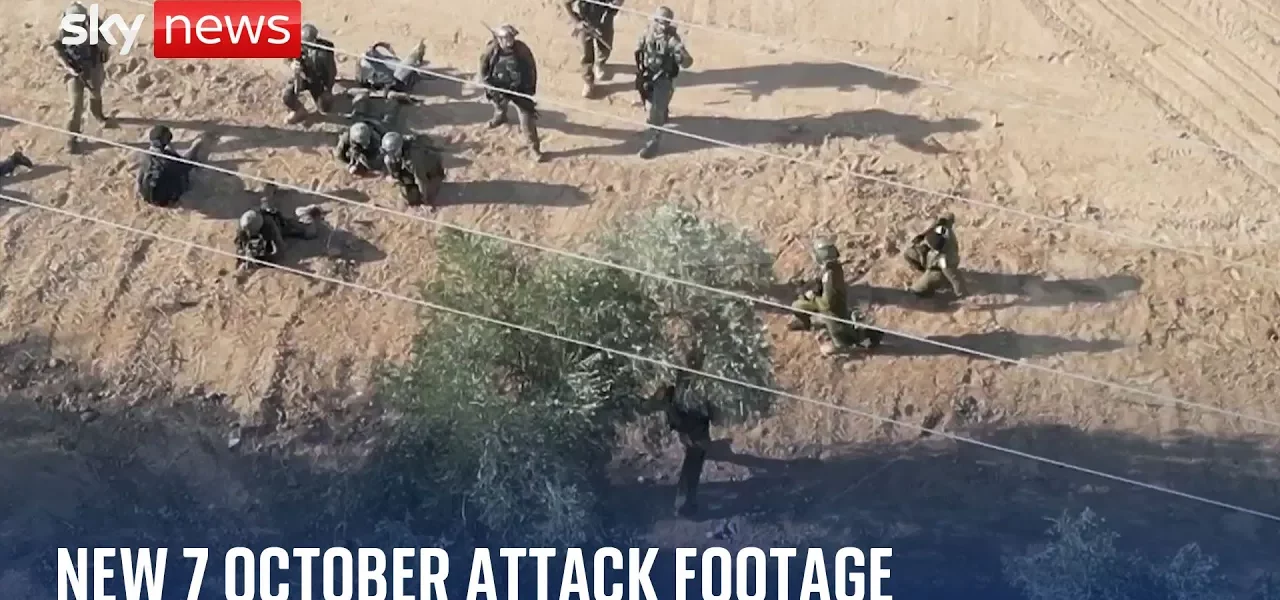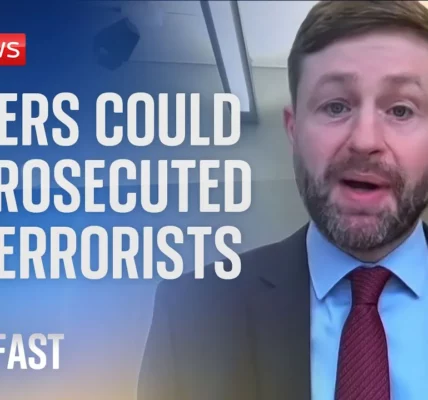Middle East Conflict: Israel’s Military Actions Against Hamas and Hezbollah

This article provides a comprehensive analysis of the ongoing military actions in the Middle East, particularly focusing on Israel’s multifaceted conflict with Hamas and Hezbollah. As events unfold, we delve into the implications of these actions and the broader geopolitical landscape.
Introduction
The recent escalation of violence in the Middle East has captured global attention, particularly with Israel engaged in conflicts on multiple fronts. The situation has evolved dramatically following devastating attacks, leading to increased military operations by Israel against groups such as Hamas and Hezbollah. In this article, we explore the recent developments, the strategies employed by the Israeli Defense Forces (IDF), and the potential ramifications for regional stability.
Overview of the Current Conflict
The situation in the Middle East has reached a critical juncture. The IDF is currently involved in intense military operations, responding to provocations from both Hamas and Hezbollah. This section outlines the key aspects of the ongoing conflict.
Israeli Defense Forces’ Strategies
The IDF has adopted various strategies to engage with threats posed by Hamas and Hezbollah. Key tactics include:
- Targeted airstrikes on identified militant positions.
- Ground operations to secure strategic areas.
- Intelligence-gathering efforts to anticipate enemy movements.
Challenges Faced by IDF
Engaging in urban warfare presents numerous challenges for the IDF, including:
- Risk of civilian casualties, which complicates military operations.
- The need for specialized troops to clear buildings and secure areas.
- Adapting strategies in real-time as the situation evolves.
Recent Developments: IDF Operations
New Images Released by IDF
Recent images released by the IDF provide insight into their ongoing operations. These images depict soldiers engaged in close-quarter battles, highlighting the dangers they face. Notable observations include:
- Soldiers working in small, specialized squads.
- Evidence of Hamas fighters utilizing grenades in urban settings.
- Drone technology being deployed for reconnaissance and targeting.
Reactions to the Attacks
The initial response to the attacks revealed a level of surprise among Israeli forces. The chaotic nature of the events forced the IDF to adapt their tactics rapidly. Observations include:
- Initial assessments underestimated the scale of the attacks.
- Body language of troops indicated uncertainty and the need for quick decision-making.
- Strategic repositioning was required as the situation escalated.
Geopolitical Implications
Focus on Hezbollah
In addition to Hamas, Hezbollah poses a significant threat to Israeli security. Israel’s approach towards Hezbollah involves:
- Increased aerial bombardments targeting Hezbollah infrastructure.
- Ground troop movements aimed at strategic locations in Lebanon.
- A calculated push towards the Aali River, indicating a broader military objective.
The Role of Iran
Iran’s involvement in the conflict adds another layer of complexity. Israel’s stance towards Iran includes:
- Anticipating Iranian responses and adjustments in their military support to proxies.
- Daring Iran to take more direct action, which could escalate the conflict.
- Preparing for potential retaliatory strikes following missile attacks.
Conclusion
The ongoing conflict in the Middle East is a multifaceted crisis that continues to evolve. Israel’s military operations against Hamas and Hezbollah reflect a determined approach to regional security. As the situation develops, it is essential for stakeholders to monitor the implications for international relations and regional stability. For those looking to stay informed, we recommend reading our related articles on the Middle East Security and Hamas and Hezbollah Conflict.
“`




